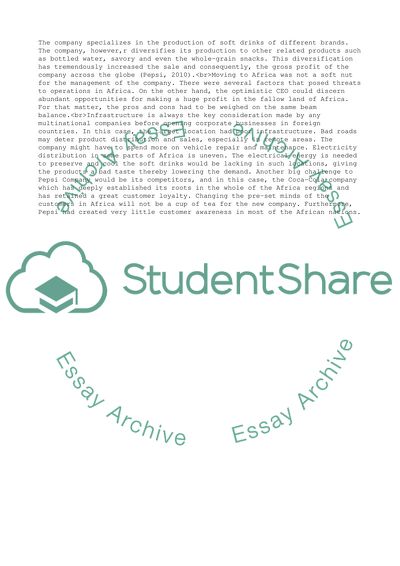Cite this document
(Decision Making: Case of Pepsi Company Study Example | Topics and Well Written Essays - 1250 words, n.d.)
Decision Making: Case of Pepsi Company Study Example | Topics and Well Written Essays - 1250 words. Retrieved from https://studentshare.org/business/1694713-decision-making-analysis-essay
Decision Making: Case of Pepsi Company Study Example | Topics and Well Written Essays - 1250 words. Retrieved from https://studentshare.org/business/1694713-decision-making-analysis-essay
(Decision Making: Case of Pepsi Company Study Example | Topics and Well Written Essays - 1250 Words)
Decision Making: Case of Pepsi Company Study Example | Topics and Well Written Essays - 1250 Words. https://studentshare.org/business/1694713-decision-making-analysis-essay.
Decision Making: Case of Pepsi Company Study Example | Topics and Well Written Essays - 1250 Words. https://studentshare.org/business/1694713-decision-making-analysis-essay.
“Decision Making: Case of Pepsi Company Study Example | Topics and Well Written Essays - 1250 Words”, n.d. https://studentshare.org/business/1694713-decision-making-analysis-essay.


